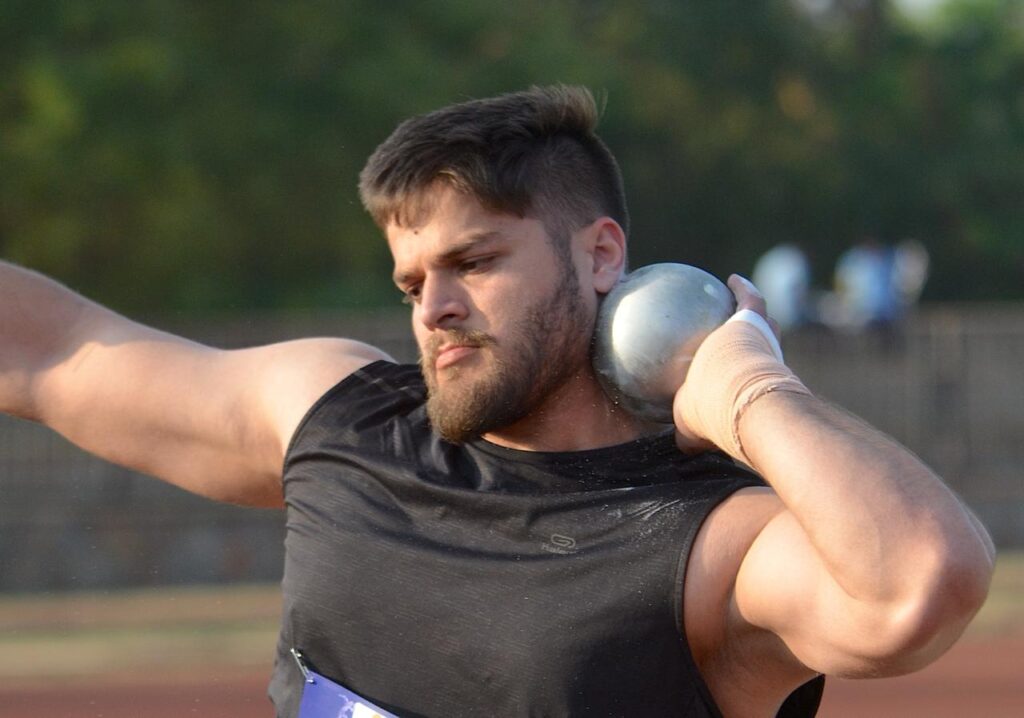
India may draw some solace from the fact that its war against doping has begun to produce some results. While it is true that the number of samples testing positive for banned substances in 2023 has increased from the previous year, it is also true that there appears to be a drop in the percentage of such positive tests when compared to 2022.
To some, the 131 ADRVs (Anti-Doping Rule Violations) – from a total of 5801 tests – point to the success of NADA’s (National Anti-Doping Agency) testing programme. It indicates that the NADA has done its job of testing more athletes than ever with greater efficiency and diligence. To others, these come across as shameful since they leave India on top of a dubious list, but that is taking away from the intent of the anti-doping programme.
So, has India gone from bad to worse? The fact is that the percentage of ADRVs in relation to the number of samples collected in 2023 is 2.25 (so far). The 2022 WADA Testing Figures Report, released earlier this month, had pegged the percentage of Adverse Analytical Findings (AAFs), samples testing positive for prohibited substances, at 3.23.
It will be in order to share a disclaimer at the outset. While the Adverse Analytical Failures for 2022 are drawn from the World Anti-Doping Agency’s Testing Figures Report released earlier this month, the ADRVs for 2023 are compiled from the data available on the NADA website.
The number of ADRVs will change, since a few of these can be from 2022 and some cases from 2023 would be pending adjudication. Of course, there could be some cases that go to the National Anti-Doping Appeal Panel or CAS should either the athlete or support person or NADA itself or an International Sports Federation or WADA prefer an appeal.
Of course, it will take a while for the official numbers, meticulously complied by the WADA, to be made available. The latest ADRV Report, released on the WADA website in May 2023, relates to the year 2020. One can well imagine how long the wait for the ADRV report of 2023 will be.
With 70 Case Resolution Agreements – which means athletes admitted doping almost as soon as the allegation was made and accepted a reduced ineligibility period – and 61 instances of Anti-Doping Disciplinary Panels imposing ineligibility periods on athletes after hearings, the 131 Anti-Doping Rule Violations in 2023 has crossed the numbers of 2022.
The break-up of the 131 ADRVs, spanning 18 disciplines, in 2023 are as follows: Athletics 32, Weightlifting 28, Powerlifting 16, Judo 10, Wrestling 7, Bodybuilding and Boxing 6, each, Cycling and Kabaddi 4 each, Wushu 3, Aquatics, Canoeing, Fencing, Para Athletics, Rowing and Volleyball 2 each, CISS Wrestling and Shooting 1 each. As many as 14 of these relate to minors, which is a concern.
Four of these cases pertain to evasion or refusal to provide a sample. These include two from athletics, Jagat Singh Suresh Kumar and Ritesh Arjun Ethape and two from Judo, Nishant Singh and Puneet Bhatt. These take the number of such cases in the last 10 years to 14.
Significantly, four other sanctions are for ‘Whereabouts Failures.’ These include wrestlers Seema Bisla and Pooja Dhanda and track and field athletes, G Lakshmanan and Akash Kumar Patel. Considering only a Kabaddi player had been sanctioned for Whereabouts failure in NADA history, the four in 2023 is an indication of the tightening of the supervision of ‘Whereabouts Failures.’
It is well known that NADA had come under WADA scrutiny for being slack with its oversight and management of whereabouts filing and testing of athletes in the Registered Testing Pool. NADA promised a tighter regime, discovering 97 whereabouts failures against 70 athletes between November 17, 2022, and May 16, 2023.
Interestingly, only one of the 131 ADRVs in 2023 concerns a coach. An ADDP imposed a six-year sanction and a financial penalty on a Judo coach, Naresh Kumar Arya for obstructing a Dope Control Officer. He was charged with tampering or attempted tampering a part of Doping Control as well as complicity or attempted complicity.